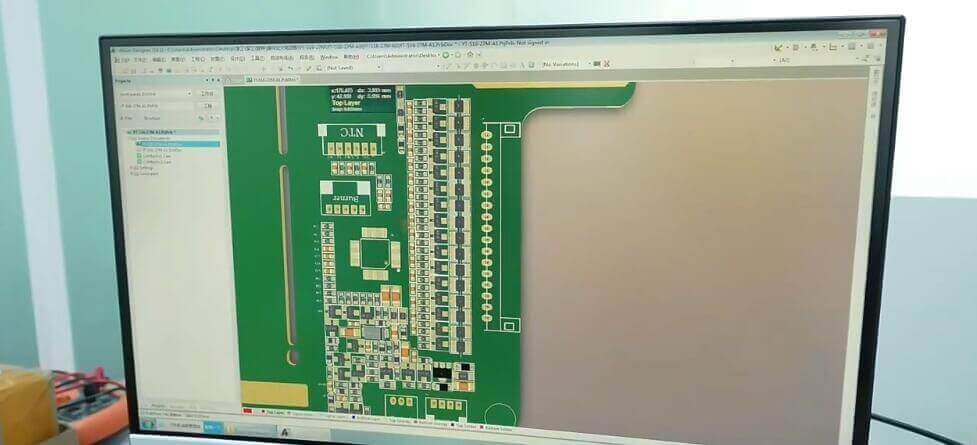design battery bms Circuit Diagram When designing a BMS, it is important to consider where the battery protection circuit-breakers are placed. Generally, these circuits are implemented with N-channel MOSFETs since they have a lower ARTICLE - HOW TO DESIGN A BATTERY MANAGEMENT SYSTEM (BMS) Article #0082 Rev. 1.0 MonolithicPower.com 5 8/1/2022 MPS Proprietary Information Future Trends in Battery Management System Circuit Design. In recent years, the development of battery technology has become crucial in various industries, such as electric vehicles, renewable energy systems, and portable devices. The efficiency and performance of these batteries depend significantly on the proper management and control of Introduction A battery management system (BMS) is an electronic system that manages a rechargeable battery pack. Its main functions are to monitor the battery's state, calculate secondary data, report that data, control its environment, authenticate and balance the individual cells and protect the battery. A good BMS is crucial for extracting maximum performance from a […]

This is where a Battery Management System (BMS) becomes crucial. A well-designed BMS circuit can prevent overcharging, over-discharging, and short circuits, while also balancing individual cells in a battery pack. ensuring that the charging process is safe and consistent for the entire battery pack. Circuit Design for 3S Configuration 1. Improper charging can cause lithium-ion batteries to swell or even explode. Deep discharge can also lead to battery failure. An ideal lithium-ion battery charger should have voltage and current stabilization as well as a balancing system for battery banks. The voltage of a fully charged lithium-ion cell is 4.2 Volts.

PDF How to Design a Battery Management System (BMS) By Tomas Hudson ... Circuit Diagram
Figure 1: BMS Architecture. The AFE provides the MCU and fuel gauge with voltage, temperature, and current readings from the battery. Since the AFE is physically closest to the battery, it is recommended that the AFE also controls the circuit breakers, which disconnect the battery from the rest of the system if any faults are triggered. Learn the high-level basics of what role battery management systems (BMSs) play in power design and what components are necessary for their basic functions. Nowadays, Li-ion batteries reign supreme, with energy densities up to 265 Wh/kg.

A comprehensive Battery Management System (BMS) design comprises various core components that work together to manage and monitor the battery. This section delves into the function of the Analog Front-End (AFE) in BMS design , the role of the Microcontroller (MCU) , and the importance of the Fuel Gauge in battery management.

